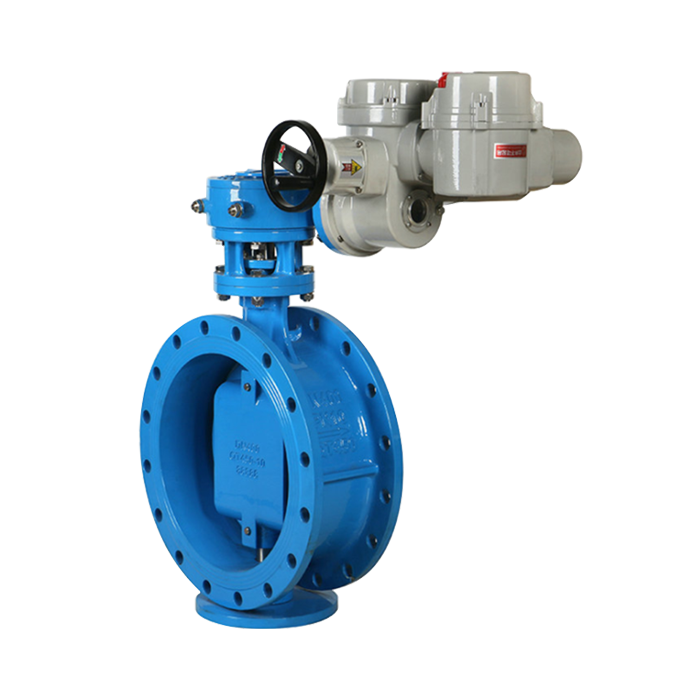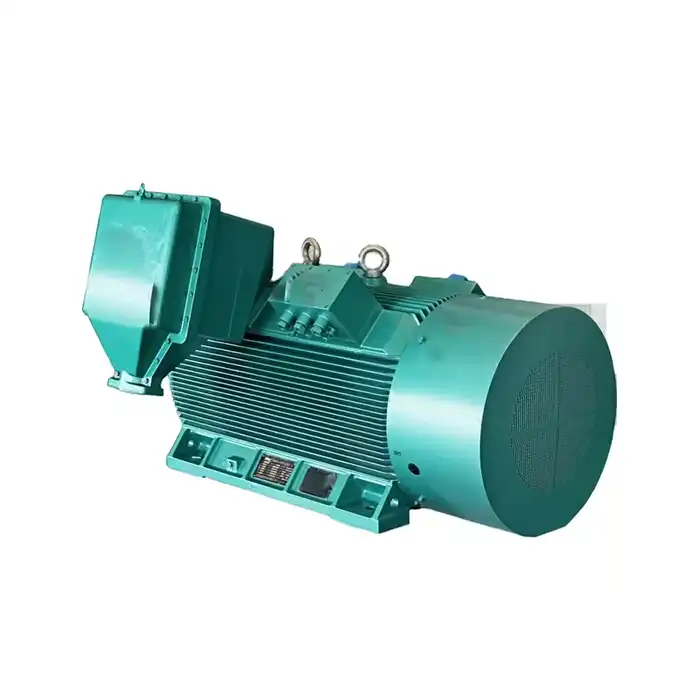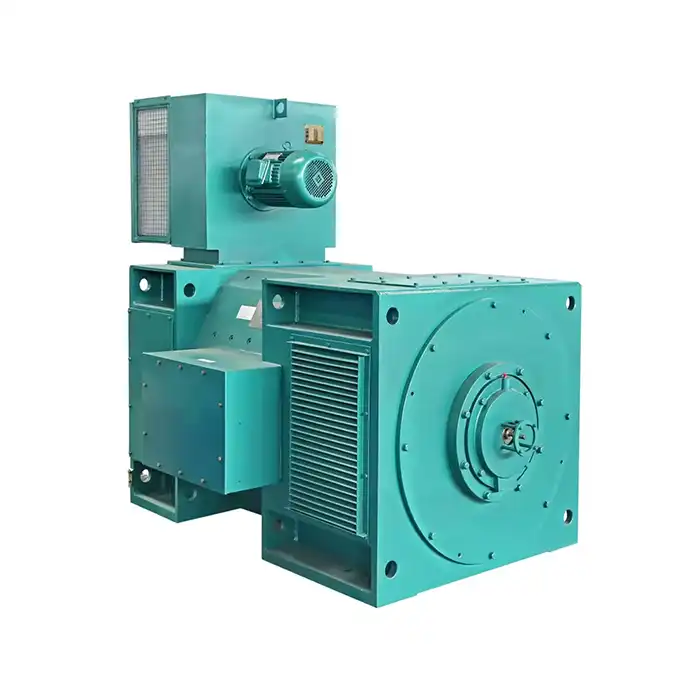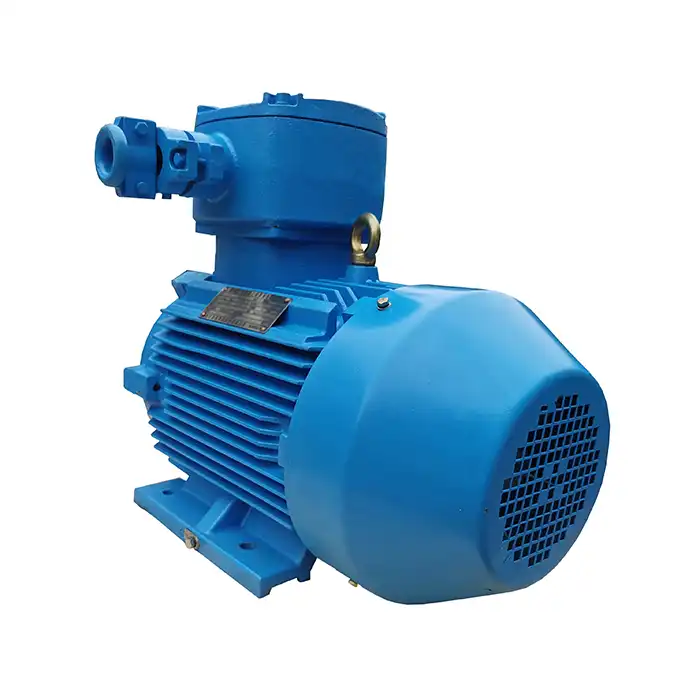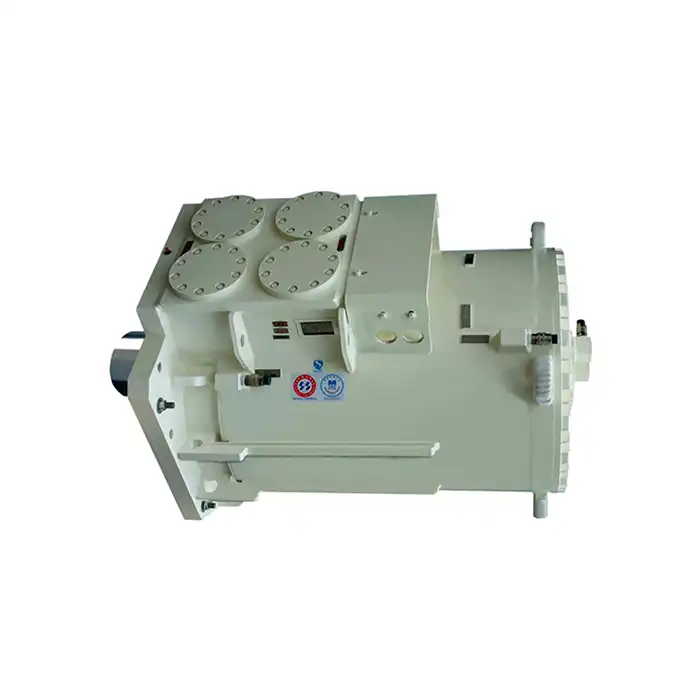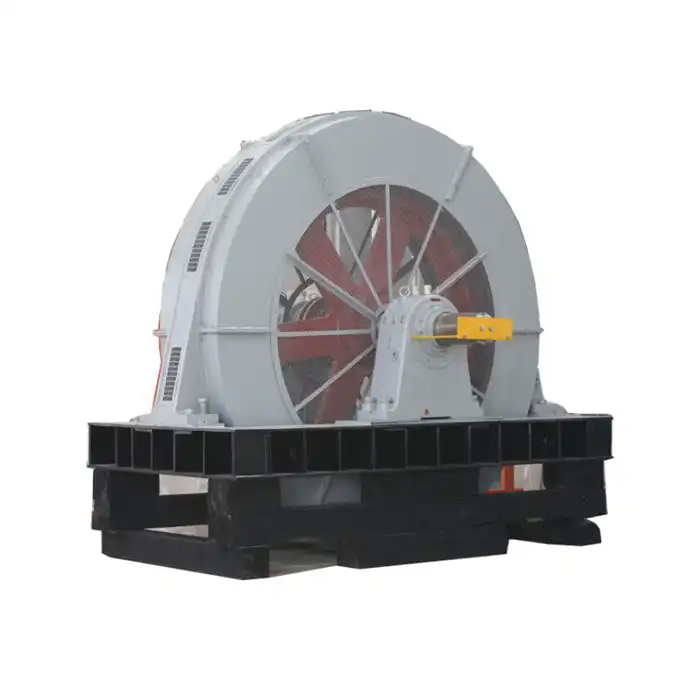Dust Ignition Protection Methods in Modern Explosion Proof Motors
In industries where combustible dust poses a significant risk, the importance of proper protection methods for electrical equipment cannot be overstated. Explosion proof brake motors play a crucial role in maintaining safety and operational efficiency in these hazardous environments. This article delves into the various dust ignition protection methods employed in modern explosion proof motors, providing valuable insights for professionals in industries such as oil and gas, chemical processing, and mining.
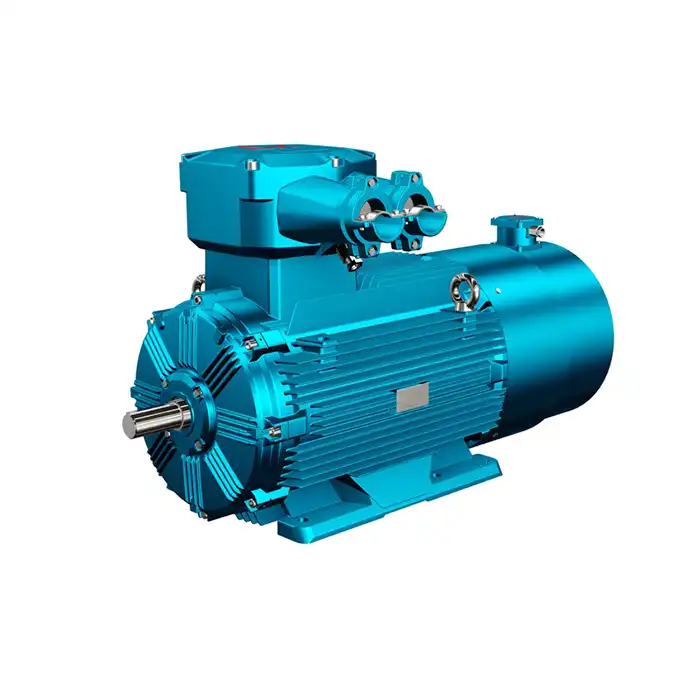
Series:YBBP
Voltage range:380V,660V,415V,380/660V,660/1140V
Power range:0.55-355 kW
Application:places where explosive gas mixtures exist in petroleum, chemical, mining, metallurgy, electric power, machinery and other industries.
Advantage: wide speed regulation range, fast dynamic response, high speed regulation accuracy.
Explosion-proof mark: Ex d I Mb, Ex d IIB T4 Gb, Ex d IIC T4 Gb
Others: SKF, NSK, FAG bearings can be replaced according to customer requirements.
Ingress Protection (IP) Ratings Demystified
Ingress Protection (IP) ratings are a fundamental aspect of explosion proof motor design, serving as a standardized measure of the motor's ability to resist the ingress of solid particles and liquids. Understanding these ratings is essential for selecting the appropriate motor for dust-prone environments.
Decoding IP Ratings
IP ratings consist of two digits. The first digit indicates protection against solid particles, while the second represents liquid ingress protection. For dust-prone environments, the first digit is of primary concern:
- IP5X: Dust-protected, limited ingress of dust permitted
- IP6X: Dust-tight, no ingress of dust
Most explosion proof brake motors designed for use in dusty environments typically carry an IP65 or IP66 rating, indicating complete protection against dust ingress and varying degrees of protection against water jets.
The Significance of IP Ratings in Dust Protection
Higher IP ratings correlate with enhanced dust protection, which is crucial for preventing potential ignition sources within the motor from coming into contact with combustible dust in the surrounding atmosphere. This protection is achieved through various design features, including:
- Tight-fitting enclosures
- Specialized seals and gaskets
- Carefully designed cooling systems that maintain protection while allowing for heat dissipation
Comparing Encapsulation vs. Pressurization Techniques
Two primary methods for protecting explosion proof motors from dust ignition are encapsulation and pressurization. Each technique offers distinct advantages and is suited to different applications.
Encapsulation: Sealing Off Ignition Sources
Encapsulation involves completely sealing potential ignition sources within the motor using a protective compound. This method is particularly effective for smaller motors and electrical components.
Advantages of encapsulation:
- Provides excellent protection against dust ingress
- Requires minimal maintenance
- Suitable for compact designs
Limitations:
- Heat dissipation can be challenging
- Not easily repairable if internal components fail
Pressurization: Creating a Protective Barrier
Pressurization involves maintaining a positive pressure inside the explosion proof brake motor enclosure using clean, inert gas or air. This technique prevents the ingress of combustible dust by creating a constant outward flow.
Advantages of pressurization:
- Allows for larger motor sizes
- Facilitates better heat dissipation
- Enables easier maintenance and repair
Limitations:
- Requires a continuous supply of clean, pressurized air or inert gas
- More complex system with additional components
The choice between encapsulation and pressurization often depends on factors such as motor size, application requirements, and maintenance considerations. In some cases, a combination of both techniques may be employed for optimal protection.
Dust-Tight Seals: Materials and Design Innovations
The effectiveness of dust protection in explosion proof motors heavily relies on the quality and design of seals used. Recent innovations in materials and seal designs have significantly enhanced the dust-tight capabilities of these motors.
Advanced Sealing Materials
Modern explosion proof motors utilize a range of advanced materials for sealing, each offering specific benefits:
- Fluoroelastomers: Excellent chemical resistance and temperature tolerance
- Silicone compounds: High flexibility and wide temperature range suitability
- Polytetrafluoroethylene (PTFE): Low friction and high chemical resistance
These materials are carefully selected based on the specific environmental conditions and potential contaminants present in the application area.
Innovative Seal Designs
Beyond material selection, the design of seals plays a crucial role in preventing dust ingress. Some notable innovations include:
- Labyrinth seals: Complex pathways that make it difficult for dust particles to penetrate
- Magnetic seals: Utilize magnetic fields to create a barrier against dust
- Double-lip seals: Provide an extra layer of protection against fine dust particles
These advanced seal designs, combined with high-quality materials, significantly enhance the dust-tight properties of the explosion proof brake motor, ensuring reliable operation in challenging environments.
Maintenance Considerations for Dust-Tight Seals
While modern sealing technologies offer superior protection, proper maintenance remains crucial for long-term effectiveness. Regular inspection and replacement of seals, as per manufacturer recommendations, are essential to maintain the integrity of the motor's dust protection system.
Factors affecting seal longevity include:
- Operating temperature
- Chemical exposure
- Mechanical stress
- Dust particle size and composition
Implementing a proactive maintenance schedule tailored to the specific operating conditions can significantly extend the life of seals and ensure continued protection against dust ingress.
Conclusion
The protection methods employed in modern explosion proof motors for dust ignition prevention are diverse and sophisticated. From rigorous IP ratings to advanced encapsulation and pressurization techniques, and innovative sealing technologies, these motors are designed to operate safely and efficiently in the most challenging dust-prone environments.
As industries continue to evolve and face new challenges, the importance of selecting the right explosion proof motor with appropriate dust protection methods cannot be overstated. By understanding these protection methods, industry professionals can make informed decisions to enhance safety and productivity in their operations.
Are you looking for reliable and efficient power equipment solutions for your industrial applications? Shaanxi Qihe Xicheng Electromechanical Equipment Co.,Ltd. specializes in providing high-quality power equipment with excellent energy efficiency and stability. Whether you're in manufacturing, process control, energy and utilities, or other specialized industries, we have the expertise to meet your specific needs. Our team is dedicated to offering comprehensive support, from pre-sales consultations to after-sales service and technical support. To learn more about our explosion proof brake motors and other power equipment solutions, please contact us at xcmotors@163.com. Let us help you optimize your operations with our state-of-the-art power equipment.
References
1. Johnson, R. T. (2022). Advanced Protection Methods for Explosion Proof Motors in Dusty Environments. Journal of Industrial Safety Engineering, 45(3), 287-301.
2. Zhang, L., & Thompson, K. (2021). Comparative Analysis of Encapsulation and Pressurization Techniques in Explosion Proof Motors. International Journal of Hazardous Materials Control, 18(2), 112-128.
3. Patel, S., & Nakamura, H. (2023). Innovations in Dust-Tight Seal Materials for Explosion Proof Motors. Materials Science and Engineering: B, 276, 115646.
4. Anderson, M. E., & Rodriguez, C. (2022). The Role of IP Ratings in Explosion Proof Motor Selection for Dust-Prone Industries. Industrial Safety Review, 33(4), 562-578.
5. Lee, J. W., & Brown, A. (2021). Maintenance Strategies for Prolonging Dust-Tight Seal Effectiveness in Explosion Proof Motors. Reliability Engineering & System Safety, 215, 107862.
6. Smith, T. R., & Garcia, E. (2023). Advancements in Labyrinth Seal Designs for Improved Dust Protection in Explosion Proof Motors. Journal of Mechanical Engineering Science, 237(7), 1389-1405.



